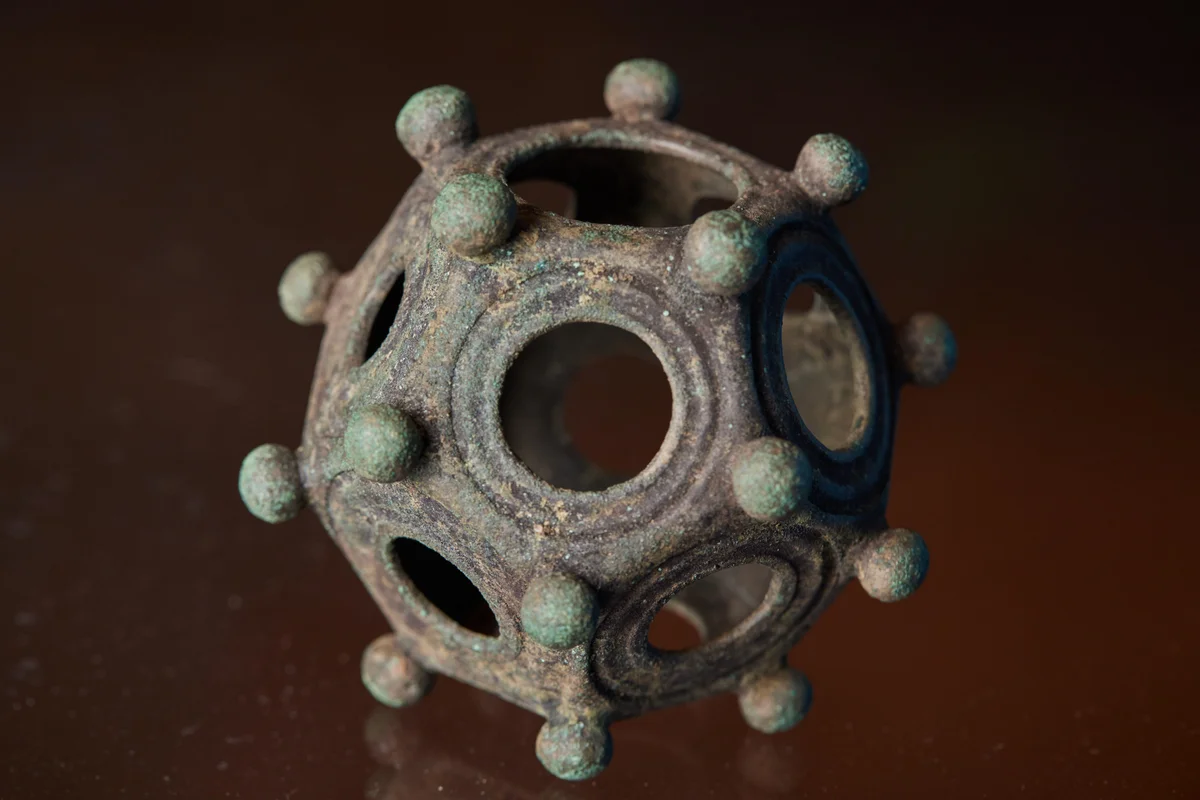Unraveling the Mystery: The Ancient Roman Dodecahedron Unearthed in England
This dodecahedron was found in Norton Disney in England and is one of the largest of its kind ever found, measuring 8 centimeters tall and weighing 254 grams.
Phil Crow/Alamy Stock Photo
In the quiet English village of Norton Disney, a remarkable discovery has captivated the archaeological community: a Roman dodecahedron, a perplexing 12-sided object crafted from a copper alloy and adorned with circular holes and protruding knobs. This discovery was made by the local Norton Disney Archaeology Group (NDAG), whose members were astonished by the artifact's exceptional condition and size—one of the largest found in Britain at 8 centimeters in height and weighing 245 grams.
Roman dodecahedra, first unearthed in the 18th century, continue to mystify experts as they are absent from ancient Roman texts and art. Over 130 examples have been found predominantly in Northern Europe, yet none in Italy, the heart of the Roman Empire. This absence in Italy further deepens the enigma surrounding their purpose, which remains speculative with theories ranging from religious artifacts to sophisticated crafting tools.
The Norton Disney dodecahedron's significance is underscored by its excellent preservation, suggesting it was a valued object. Further analyses, including an XRF (X-Ray Fluorescence) test, confirmed its composition predominantly of copper alloy, with traces of tin and lead. Plans for advanced scientific tests are underway to glean more insights.
Archaeological findings at the site, such as Iron Age pottery and a nearby Roman villa, indicate a rich historical usage of the area. This year, the NDAG aims to further excavate the site to uncover more about the mysterious dodecahedron's origins and purpose.
As the investigation continues, the intrigue surrounding this artifact only grows, promising to shed light on the sophisticated craftsmanship and perhaps the cultural significance of these enigmatic objects within the ancient Roman world.







